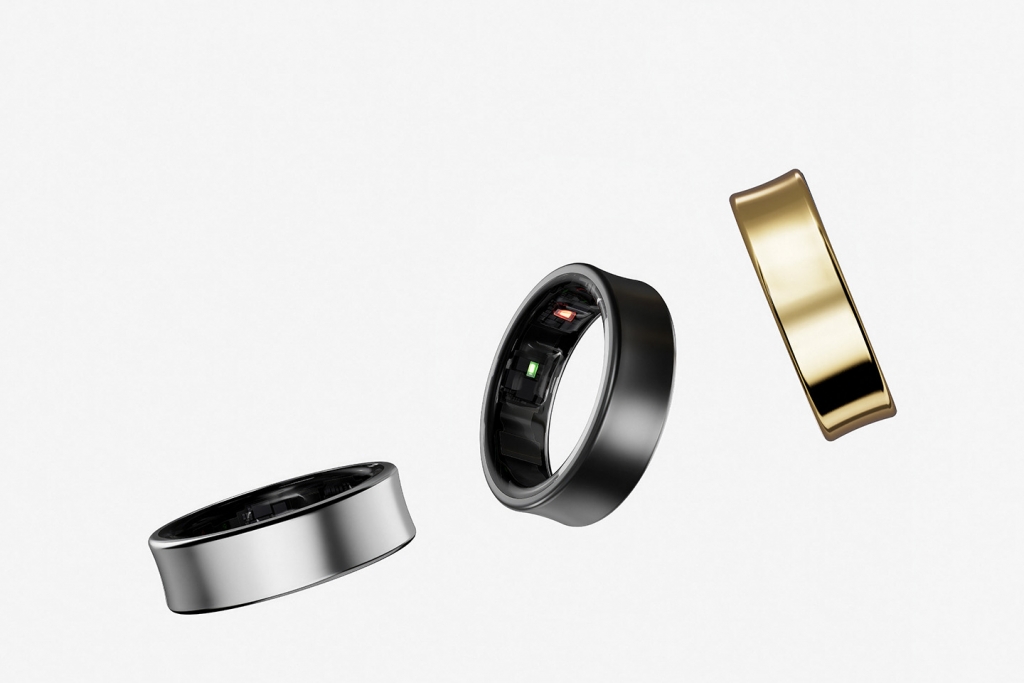The wearable tech space is transforming with smart rings emerging as a promising new category since the release of the Samsung Galaxy Ring.
The smart ring arrived in South Africa in April with a price tag of ZAR8,000 ($438), making it the first mainstream launch by a smartphone brand.
It is reported that the South Korean smartphone maker had to increase production from 400,000 units to 1 million, based on pre-order numbers.
Until now, South Africans could get their hands on the lesser-known NexRing for under ZAR5,000 ($274), while cheaper options can be found online. Apple is also rumored to be developing a smart ring.
The Galaxy Ring works the way a typical smart ring would; it tracks health and wellbeing, like sleep, heart rate, blood oxygen, skin temperature, stress levels and select fitness activities.
Loading...
Meanwhile, South African company Vezo Pay introduced a chargeless smart ring focused on payments, which supports Visa and Mastercard and is gradually rolling out to more banks beyond Nedbank.
According to the International Data Corporation (IDC), the smart ring space is currently dominated by specialists like Oura and Ultrahuman, but now larger brands are beginning to compete by incorporating rings into their existing ecosystems of devices.
The research firm believes the wearables market is evolving, with new form factors and innovative products driving growth. As consumer preferences shift, vendors will need to adapt their strategies to stay competitive in this dynamic landscape, it says.
Jitesh Ubrani, Research Manager for Mobility and Consumer Device Trackers at IDC, says: “The rate of technological innovation among smartwatches along with consumer interest has certainly slowed in recent quarters leaving vendors to innovate across price points instead.”
“Smart rings and glasses without displays are going to be the most interesting categories in the coming quarters as new entrants and new use cases help these products outshine other wearables,” says Ubrani.
The wildly popular Ray-Ban Meta smart glasses sold two million pairs by February 2025, according to its financial year end results, with plans to increase production to 10 million units by 2026.
According to Horizon Grand View Research, the smart ring market in the Middle East and Africa region is expected to reach a projected revenue of $46 million by 2030.
It adds that payment is the most lucrative application segment registering the fastest growth during the forecast period.
Smart rings are indeed promising and could become indispensable tools for personal health insights and effortless financial interactions.
Loading...
